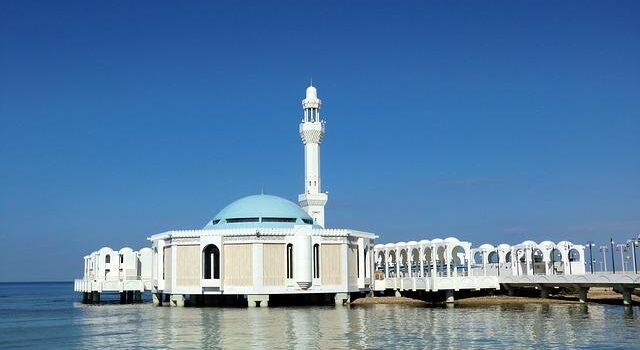Arabic is one of the oldest and most common languages globally. Today, Arabic is the official language of many nations. The widespread desire to learn about Arabic culture and religion also drives the increase in Arabic language learners.
There is also a high demand for Arabic speakers in many global organizations, making it valuable in both academic and career settings. Read on to learn more about the Arabic language, where it is spoken today, and how it could be a useful skill for you to learn.
The Arabic Language
The three categories of the Arabic language include:
- Quranic/Classical Arabic
- Modern-Standard Arabic (MSA)
- Colloquial Arabic
Unlike classical and modern standard Arabic, colloquial Arabic differs depending on the country. Colloquial Arabic has many Arabic dialects, accents, and cultural idioms or expressions. These vary from nation to nation.
Understanding the culture and linguistic background of each Arabic-speaking country can help you contextualize your language learning. Here is a detailed discussion about some of the Arabic-speaking countries.
Egypt
The ancient Egyptians used the Coptic language. Colloquial Arabic blended with the Coptic language to create the unique form of Egyptian Arabic that Egyptians speak today. Egyptian Arabic is the most common Arabic dialect globally. The pronunciation, vocabulary, and grammar make Egyptian Arabic unique. Egypt’s entertainment industry, especially music and TV, also makes this dialect one of the more widespread versions.
Unlike other Arabic dialects, Egyptian Arabic is also simpler and easy to understand. Linguists believe that this may be one of the reasons why the language is common in Egypt and other parts of the globe.
Egyptian Arabic is the best option for travelers because it’s easy to understand. Being excellent in Egyptian Arabic can boost your chances of serving in tourism.
Lebanon
Lebanese people speak the Gulf Arabic dialect. Like MSA, this form of Arabic does not have case markings or mood in its syntax. It also uses two consonants at the start of a syllable structure.
Other languages like Kurdish, Italian, and Uzbek also affect Lebanese Arabic. Such linguistic influences make the Lebanese Arabic syntax simple and understandable.
Unlike Egyptian Arabic, Lebanese Arabic is not commonly available in written form. Lebanese songs and various productions contribute to the spread of the dialect.
The Lebanese Arabic dialect also contributes to the country’s growth. Lebanese Arabic is useful in tourism, construction, real estate, and other major sectors.
Saudi Arabia
Saudi Arabians mainly use the written form of Arabic (MSA). The country uses Arab in businesses, government, and other major sectors.
Saudi Arabic is one of the most dynamic and expressive Arabic languages. The language encourages Saudi Arabians to easily express humor, exaggeration, and other emotions.
Spoken and written media in Saudi Arabia play an important role in the spread of Saudi Arabic. Modern literature used in Saudi Arabian schools also utilizes Arabic.
Saudi Arabic features several dialects like:
- Hejazi Arabic or Western Arabia Arabic
- Najdi Arabic
- Gulf Arabic
Hejazi Arabic is common in the western parts of Saudi Arabia. The dialect also comes in two forms: urban Hejazi and Bedouin dialect. Jedda, Mecca, Medina, and Yanbu are major urban cities where Hejazi Arabic is common.
The Bedouin dialect has more features of Classical Arabic than urban Hejazi. That’s why the Bedouin dialect is a bit harder to understand than urban Hejazi.
Nadji Arabic is more popular in central parts of Saudi Arabia. The language also has many other dialects spoken in Saudi Arabia. They include:
- Badawi Nadji
- Central Nadji
- Northern Nadji
- Southern Nadji
Gulf Arabic is common around the Saudi Arabian shores. The three dialects of the Saudi Arabic language differ in accent, grammar, and vocabulary.
Libya
Libya also claims Modern Standard Arabic as its official language. The language has influences from Turkish and Italian linguistics.
Libyan Arabic also has a rich syllable structure. The simplicity and sharpness of Libyan Arabic make it different from classical Arabic, and many say that it more easily promotes cultural connections.
Learn the Arabic Language
The demand for Arabic speakers, especially in the United States, continues to grow. Learning the Arabic language can help you more easily secure a quality job in the Western world.
Many countries speak Arabic, which is also a reason to learn the language. Being fluent in the language can help you easily interact with other people whenever you visit Arabic countries. You can also better understand the amazing Arabic culture.











